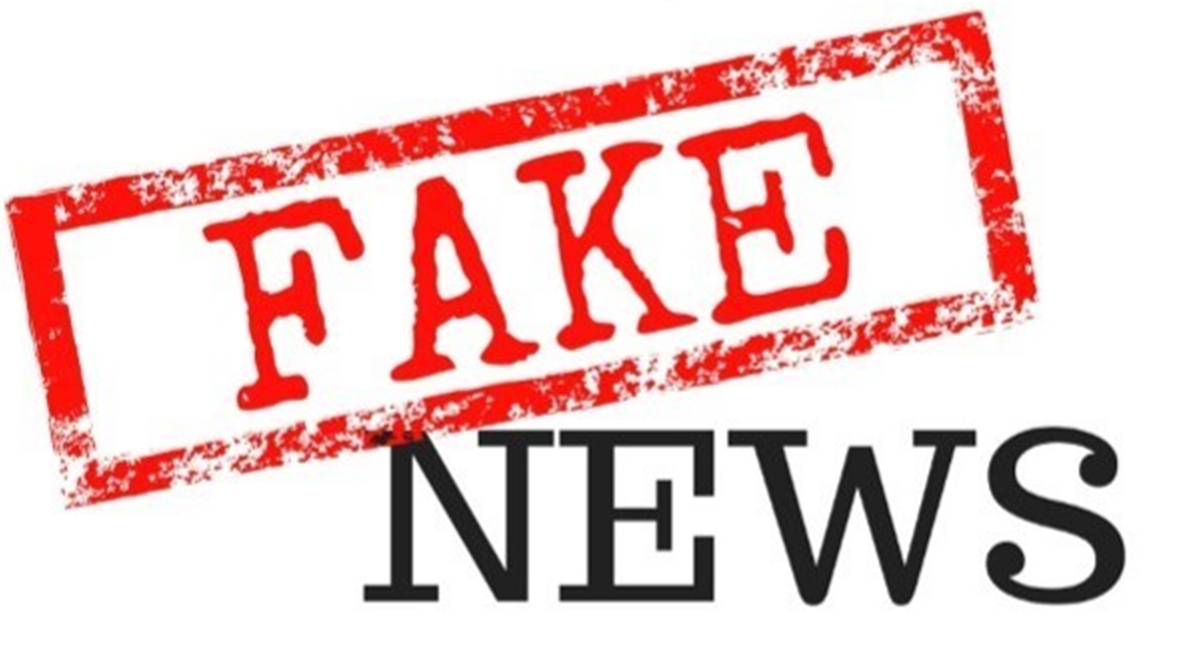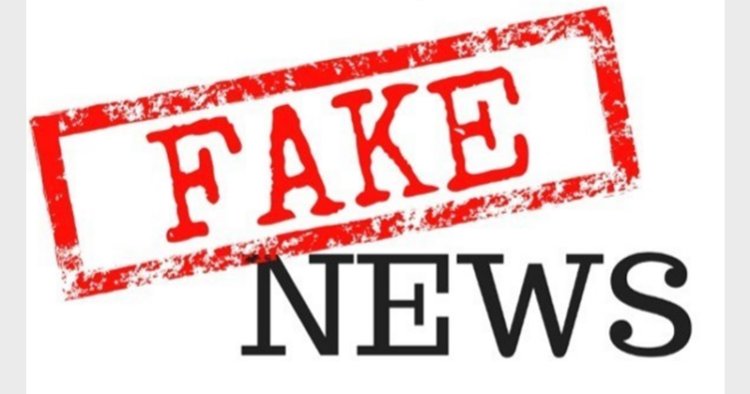The brouhaha over ‘fake news’ must be asserted in a context. When news is reasoned as opinion to manufacture false narratives, those who are concerned about the credibility of news must raise their voice
Shefali Vaidya
There is much furore on ‘fake news’ these days in India. It is a term that became famous all over the world, after US president, Donald Trump liberally used it to describe some sections of the American media. But in this age of internet where disinformation is spread at lightning speed, fake news is a phenomenon that affects us all one way or the other.
A few weeks ago, when Minister of Information and Broadcasting Smriti Irani issued a directive to combat fake news in mainstream media; she had to face stiff opposition. Leading mainstream journalists attacked Ms. Irani in a concerted campaign, forcing the government to go on the back foot. Eventually, the proposal was withdrawn. Many well-known journalists accused Ms. Irani of trying to muzzle the freedom of expression. Ironically, when an independent journalist and the editor of a news website was arrested in Karnataka under the draconian IT act, these same journalists celebrated his arrest, exposing their bias.
Modus Operandi
What makes news ‘fake?’ Is it the deliberate misrepresentation of available facts? Or is it a complete concoction of ‘facts’ to suit a particular narrative? News is supposed to be the presentation of facts in a neutral and objective manner while views are opinions expressed by people on certain events. While an opinion can be biased, one-sided or even stupid, it cannot really be termed as fake. But news reports that deliberately depict events in a certain way as to present a biased narrative can be termed as ‘fake news’. Today, almost every journalist in India is guilty of presenting facts in a highly biased manner to suit their own political agenda.
Media houses as well as individual journalists in India are very open about their political leanings today, and almost every headline is an example of this open bias, making it difficult for the ordinary citizen to distinguish between real news and fake news. Social media has made matters worse, as now it is extremely easy to disseminate information. Today, every person with a good phone and an unlimited data pack could be a potential journalist. The concept of censorship and editorial gate-keeping has been reduced to a joke. Social media has drastically changed the business of news. Speed now is of utmost importance. Every news outlet wants to be the first to break a story. Newer, younger, brasher media startups have changed the rules of the game for everyone.
Shefali Vaidya in conversation with Organiser on Fake News
In the race for TRPs, fact-checking has been the first casualty. No media company invests in fact-checking anymore. A cursory Google search has replaced on-the ground reporting and talking to multiple sources to cross-check the facts. As a result, even reputed news outlets resort to spreading blatant untruths to be the first one to ‘break’ the story. A reputed media company like The Hindu did a story on the Elphinstone Road Flyover collapse last year based on an eight second video. The story alleged that a person had molested a woman even as she was gasping for breath on the flyover. The story had a sensational headline and was quickly taken up by other publications like Firstpost and the Independent. It was later proved that the story was false and The Hindu had to withdraw the story and apologise, but by then, India’s image had already suffered greatly, as the story was extremely damaging and painted India in a bad light.
A leading TV journalist with a verified twitter handle had once faked an entire studio discussion using selectively edited portions of Sri Sri Ravishankar’s pre-recorded interview and trying to pass them off as ‘live’. After a lot of furore, she apologised grudgingly. The same journalist recently had spread the ‘semen-filled balloons thrown at women on Holi’ story. She has not bothered to apologise even after the story was proved to be false as per lab investigations. These are established journalists who allegedly lead the discourse against ‘fake news’ and shout the loudest about freedom of expression. It is because of such people that the credibility of news media has hit rock bottom.
Danger to Democracy
Fake news is more dangerous when it is spread by verified handles on twitter. Fake news where the event has simply been manufactured, like trying to pass off videos from Guatemala as videos from India, or by photoshopping pictures is relatively easy to debunk. What is more dangerous is the other kind of fake news, where there is an element of truth in the story, but the facts are so smeared with opinions that it is difficult to decipher the bare truth. The recent narrative built around the unfortunate crime in Kathua where an 8-year-old child was found murdered is a classic example of this. A heinous crime was used to build a narrative demonising all Hindus.
One can perhaps have a lenient view of ordinary citizens who share ‘fake news’. They do not have the resources at their disposal to do fact-checking, and nor are they in the business of news, nor do they have a huge reach, but when established journalists and media companies deliberately try to pass off opinion as facts, that is when fake news becomes a real menace. News analysis these days involves long-winded TV studio discussions with a few talking heads. There is no ground level reporting, no attempt to cross check the news with various sources and no in-house machinery to weed out ‘fake news’.
Media outlets are increasingly resorting to sensationalism and exaggeration in their desperate pursuit of ‘breaking news’. Even tragic events like death are not spared. Quite recently, Indian media made a laughing stock of themselves over the coverage of the death of a famous actress, some journalists even going so far as to enact the death scene in a real bath tub! Fake news is a direct result of the cut-throat competition between news outlets and the personal biases of journalists.
While no democracy can survive in the long term if it tries to gag the press, this menace called fake news has to be tackled. The job of news media is to present news, not to give their views. Sadly, some journalists in India today have misused free speech to further their own political agenda. If they do not course correct, eventually, the credibility of news media will be completely eroded.
(The writer is Pune-based senior columnist)














Comments